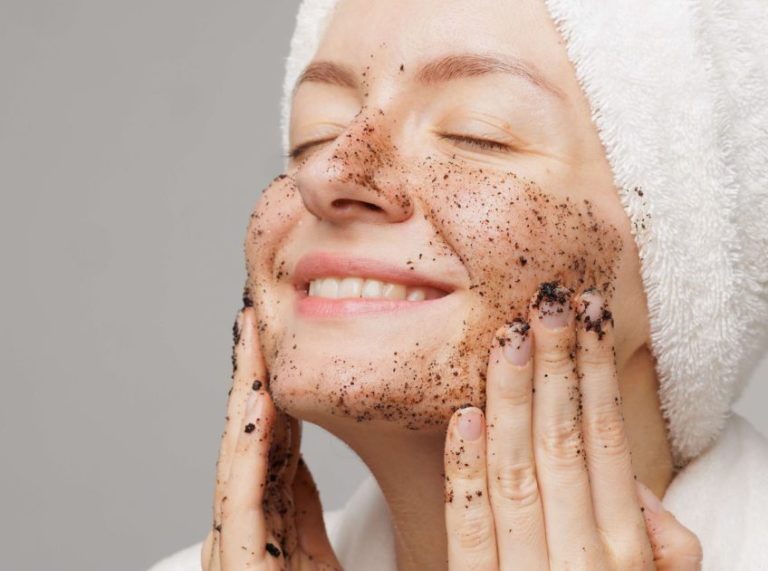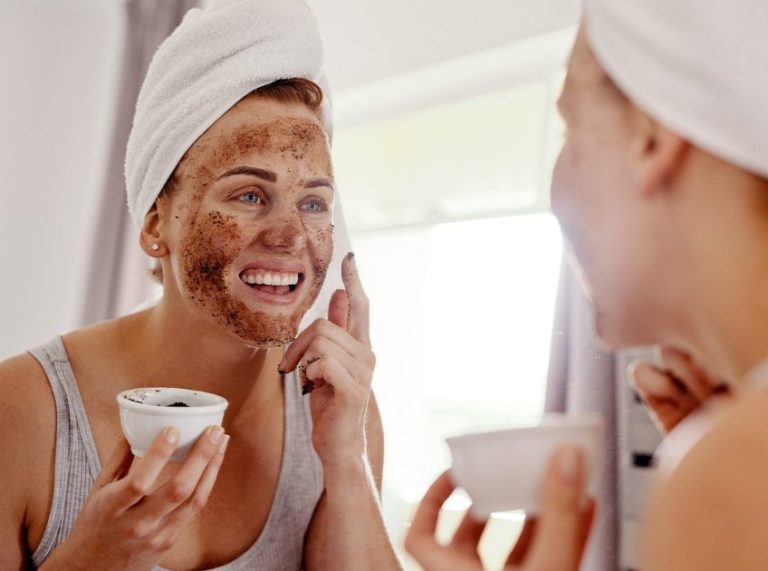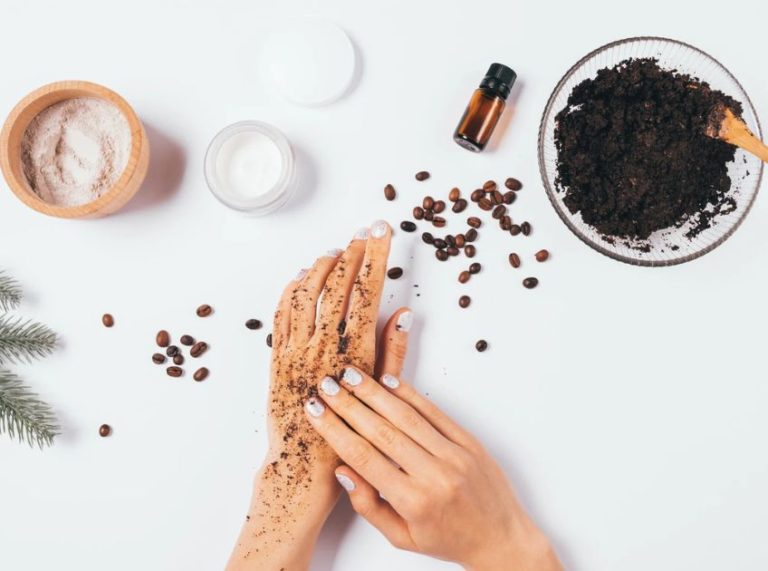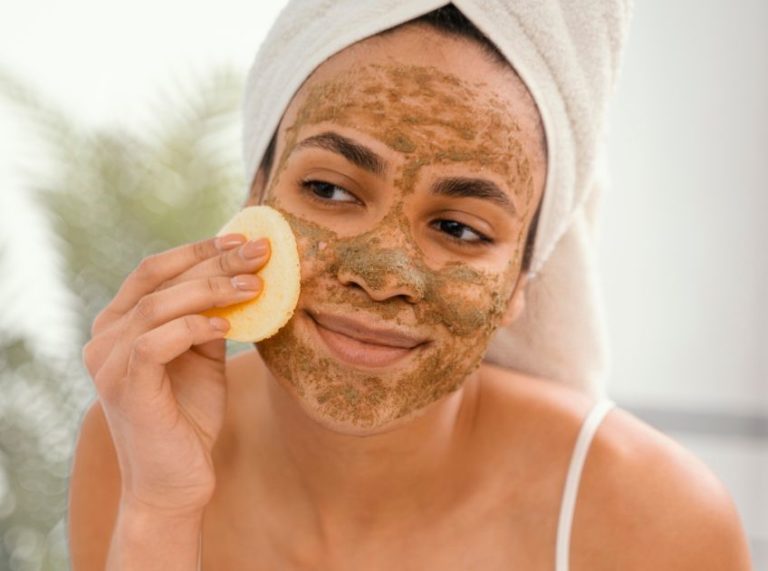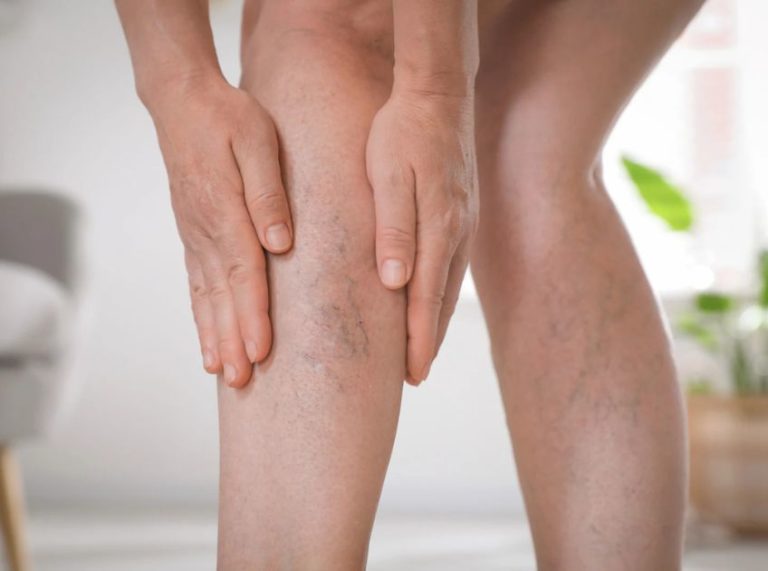
Important: This article is for informational purposes only. Please read our full disclaimer for more details.
Are you Struggling with stubborn stretch marks that just won’t fade? You’re not alone. These natural skin lines often appear due to pregnancy, weight changes, or growth spurts, and while they’re normal, many seek ways to reduce their appearance. This DIY remedy using coconut oil and camphor may be the natural solution your skin needs.
Gentle, accessible, and backed by traditional use, this duo offers a non-toxic alternative to expensive treatments. Here’s how it works—and how to make your own stretch mark remedy at home.
Why Use Coconut Oil and Camphor for Stretch Marks?
- Deeply nourishes and softens the skin
- May help fade the appearance of new and old stretch marks
- Reduces inflammation and irritation
- Supports collagen production and skin repair
The Science Behind the Ingredients
Coconut Oil is rich in lauric acid (1), which penetrates the skin to improve hydration and elasticity. It has antimicrobial and anti-inflammatory benefits that support skin healing (2).
Camphor (when used in safe amounts) stimulates blood circulation and promotes skin regeneration. Its topical application has been used in Ayurvedic and Unani medicine for scar reduction and inflammation relief (3)(4).
Key Components That Contribute to Results
- Lauric acid in coconut oil boosts collagen and repairs damaged skin.
- Camphor promotes cellular turnover, which may help reduce discoloration over time.
- Together, they improve skin texture and may help smooth out stretch marks.
Note: A 2018 study published in Molecules supports the wound-healing and anti-inflammatory properties of coconut-derived fatty acids.
When to Discontinue Use
- If skin shows signs of redness, rash, or burning
- If you have sensitive skin and feel excessive irritation after application
- If you are pregnant or breastfeeding—camphor should be avoided unless cleared by a doctor
Adjusting Ingredient Quantities
- For sensitive skin, use 1 part camphor to 10 parts coconut oil
- For more intense results (on older marks), use 1 part camphor to 5 parts coconut oil
- Start small—test with a small patch before adjusting for full-body use
Best Suited Skin Types
- Normal to oily skin responds best to camphor-based applications
- Dry or sensitive skin may need more diluted formulas or a patch test beforehand
- Avoid if your skin barrier is compromised (e.g., eczema, broken skin)
Is It Safe to Use?
- When used in low concentrations and not ingested, camphor is safe for topical use.
- Always use natural camphor tablets, not synthetic variants
- Avoid eye areas and mucous membranes
- Store DIY creams in dark, cool places to avoid degradation
Top 3 DIY Coconut Oil & Camphor Recipes
1. Simple Coconut-Camphor Balm
This classic balm is ideal for daily use to soften and gradually fade stretch marks. It’s beginner-friendly, non-greasy, and absorbs well into the skin.
Ingredients
- 2 tablespoons virgin coconut oil
- 1 natural camphor tablet (crushed into a fine powder)
Directions
- Slightly warm the coconut oil in a small bowl (do not overheat).
- Crush the camphor tablet into a fine powder using a mortar and pestle.
- Mix the powdered camphor into the warm oil and stir until it dissolves completely.
- Allow the blend to cool and store in a small airtight glass jar.
How to Apply
- Scoop a small amount and apply directly to stretch marks.
- Massage in circular motions for 3–5 minutes to boost absorption.
- Leave it on; no need to rinse.
- Apply twice daily, morning and night, for best results.
2. Healing Camphor Oil Infusion with Vitamin E
A more nourishing formula that’s perfect for dry skin and older stretch marks. Vitamin E enhances skin repair and elasticity.
Ingredients
- 2 tablespoons cold-pressed coconut oil
- 1 camphor tablet (crushed)
- 5–7 drops of vitamin E oil (from capsules or bottle)
- Optional: 2 drops lavender essential oil for scent and soothing effect
Directions
- Warm coconut oil gently using a double boiler or microwave.
- Stir in crushed camphor until dissolved.
- Add vitamin E oil and optional lavender oil.
- Mix well and pour into a clean dropper bottle or glass container.
How to Apply
- Use 4–5 drops on targeted areas.
- Gently massage until absorbed, focusing on textured skin.
- Ideal for nighttime use to support skin regeneration overnight.
- Use consistently for 6–8 weeks to see visible results.
3. Coconut-Camphor Exfoliating Sugar Scrub
This scrub removes dead skin cells while boosting circulation. Best for use before applying a balm or lotion for stretch mark care.
Ingredients
- 2 tablespoons coconut oil (semi-solid form)
- 1 camphor tablet (finely ground)
- 1 tablespoon brown sugar or fine white sugar
- Optional: 1 tsp aloe vera gel for extra hydration
Directions
- Combine coconut oil and crushed camphor in a small bowl.
- Stir in sugar and aloe vera gel until a grainy paste forms.
- Use immediately or refrigerate up to 5 days in a sealed jar.
How to Apply
- Dampen the skin in the shower.
- Take a small amount of scrub and gently massage it over the stretch marks.
- Scrub in circular motions for 2–3 minutes (avoid harsh pressure).
- Rinse off with warm water and pat dry. Follow with a moisturizer.
Do’s and Don’ts Table
| Do’s | Don’ts |
|---|---|
| Do a patch test before use | Don’t apply to broken or inflamed skin |
| Use virgin, cold-pressed coconut oil | Don’t ingest camphor – it’s toxic if swallowed |
| Use natural camphor (not synthetic) | Don’t use if pregnant without doctor approval |
| Store in an airtight, dark container | Don’t use more camphor than recommended |
Frequently Asked Questions (FAQ’S)
1. Can I use these remedies daily?
A. Yes, apply 1–2 times a day. For scrubs, limit to 2–3 times per week.
2. How long does it take to see results?
A. Consistent use over 4–6 weeks may show visible improvement in the appearance of stretch marks.
3. Is it safe during pregnancy?
A. Camphor is generally not recommended during pregnancy without medical clearance.
DIY coconut oil and camphor treatments are simple, natural, and cost-effective ways to help fade stretch marks. When used with care and consistency, they may improve skin texture, boost elasticity, and promote smoother, healthier-looking skin.



